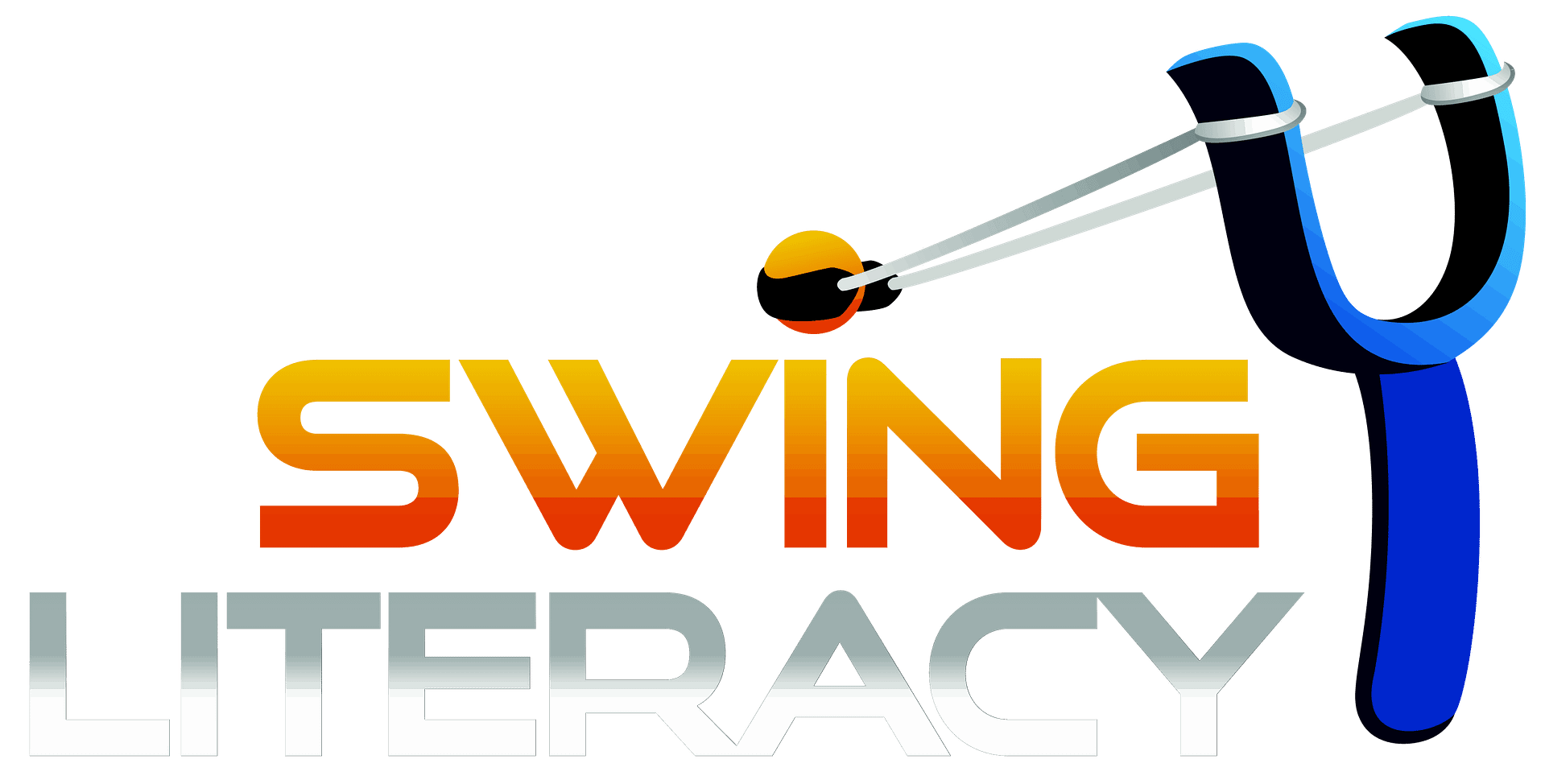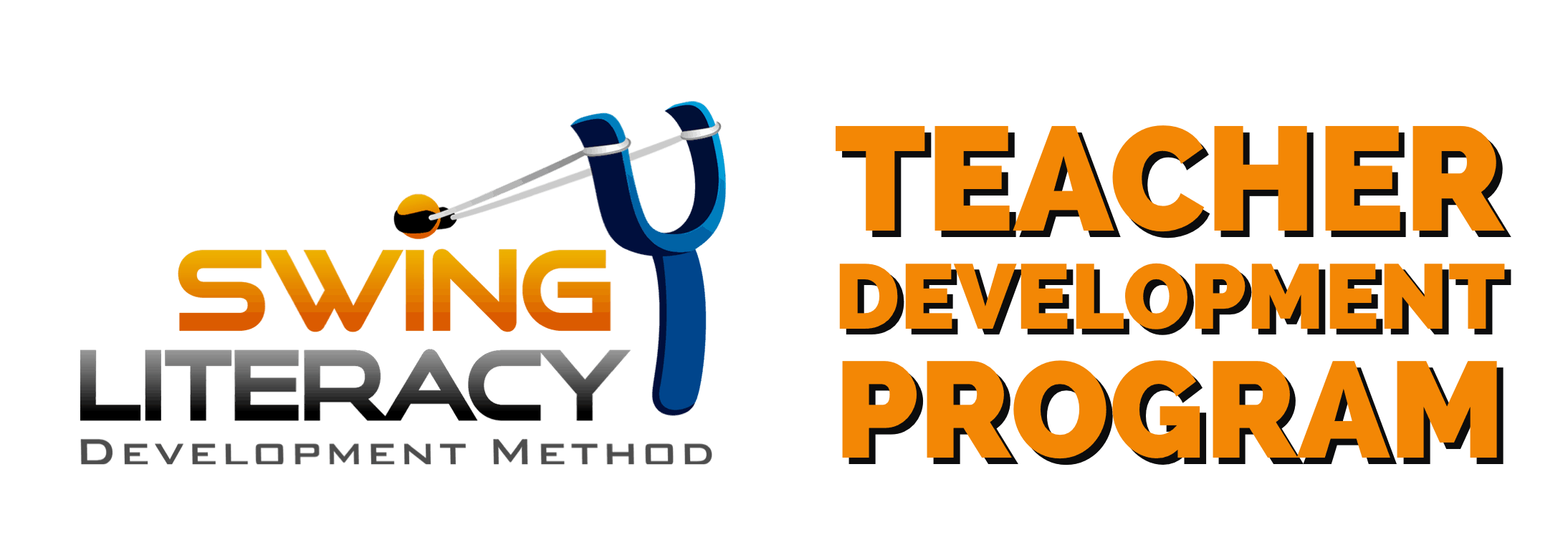No products in the cart.

How to keep your students from getting lost
Reading Time: minutes remaining
Teaching Snack #7
Your Struggle
You're teaching new material, and the students are focused, motivated, and capable, but you find that they are confused and learning slower than you would like.
One critical piece of the puzzle
We help students every day who are lost and confused. We help them step back and focus on the skills they need in the priority order they need them.
Here's one key teaching tip from our vault that you can implement today and rescue your students from confusion and disorientation.
Let's get look at a totally different circumstance than dance, so you can better imagine the perspective of the student:

My Story
When I was little, my dad used to sit me in his lap in the car and let me “drive”. Of course, it was just steering because I couldn’t reach the pedals. When I was 9 I went to a go-kart track for my first time. I was so excited to drive for real!
I was off to a great start, but after the first lap, they made everyone stop at the check point and wait their turn for the next lap. I “crashed” into the lineup of cars. I had been paying attention and wanted to stop, but I had no idea the brake pedal had to be pressed in order to slow down - I thought I just needed to release the accelerator. Up until that time, my only concept of “braking” was pedalling my bike pedals backwards. I had never been exposed to the concept of “I need to push the left pedal to slow the car down”.
Whenever you are learning a new skill or orienting yourself in a new environment, there are foreign concepts to learn.
Applies to learners of any age
When it comes to helping people adopt a new skill, it is critical to consider the UX (User Experience) of the student.
For Mothers’ Day last year, we got Myles’ septuagenarian mom a tablet. She had been using a desktop computer (recreationally) for years, but the tablet bewildered her. Upon opening her gift, she held it awkwardly, staring at it, no idea what to do with this slab of metal and glass. We needed to orient her and walk her through:
- What a Home button is for, and how the Back button worked.
- What an app is and how to touch it once to open it.
- How touching in a text field will make the keypad open up.
A YouTube tutorial on how to use Gmail would not be useful because she had no idea how to find, get to, and recognize Gmail in this new context. She needed to be introduced to the foreign concept of how a tablet works before all the detailed instructions would even make sense.
How this applies to WCS
When it comes to WCS, there are foreign concepts that need to be taught to give context for the detailed instructions that will follow. After you’ve been dancing for a while, you start to take these concepts for granted and forget how you learned them - they feel like they’ve always been there.
For example, to the average person walking down the street, if you say “hold your frame”, they will look around for a picture on display. If you tell them to “triple step”, they might hop 3 times, but they’re more likely to just stare blankly back at you. They need to be introduced to these concepts and their context in order to understand how to use them.

So as teachers, it's easy to get distracted and charge forward, taking for granted that the students already understand the dozens of foreign concepts that WCS demands. But regardless of their level, you can't assume that they have heard of and understand any given concept. You need to take care to introduce and orient the students to these foreign concepts first, so you can put your new material in context, which isn't always that easy to do.
Takeaway Teaching Tip
So how can you tell what is a foreign concept that needs to be taught?
- It’s hard, but try to imagine yourself in your beginner classes. What took you by surprise? What were you foggy on for a long time?
- Zoom out and look at this from a broader, higher-level perspective. Can you put this concept into context for easier understanding?
- Is this a concept that the average human can relate to daily life? What can you compare it to?
- Can you connect it to or contrast it with another WCS concept they already know?
- Listen to yourself say it out loud: could those words be interpreted differently? Do they mean something different in another context?
Pro Tip:
I don’t just do this with foreign concepts - I am constantly asking myself these questions while I listen to myself teach, so I always have some safeguards in place to make sure I am helping the students organize their learning efficiently so they don’t walk away confused and have to un-learn or re-learn it later. So while I am teaching them to dance smarter, I am also teaching them to learn smarter.
How’s Mom doing?
She’s a tablet pro! She uses it for email, Facebook, radio talk shows, her casino games, shopping online, searching for sewing patterns, and is getting better at using the camera and attaching links and files! Now if we could only convince her that she can transfer her skills to her smartphone...
As for me, I drive real cars and motorcycles now, accident-free for 15 years and counting.
Source:
-Skill Development, Unit 2, Theory Module for Teachers, Swing Literacy Teacher Development Program
www.swingliteracy.com

